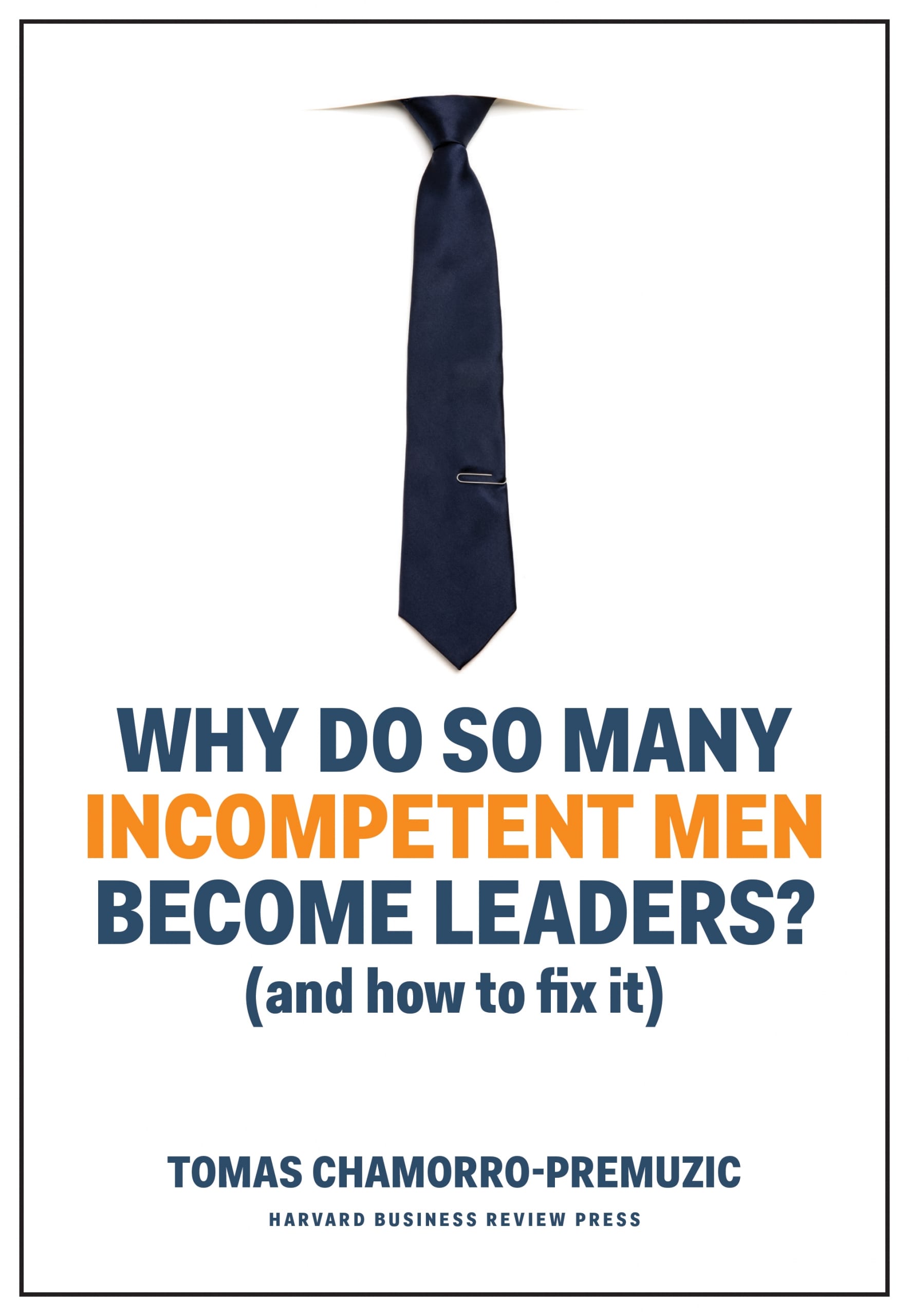How Internal Competition Can Destroy Your Business From The Inside
 You often hear people say things like ‘the business world is dog-eat-dog,’ or ‘competition is king.’ Unfortunately, the role of competition in business is often misunderstood and many business owners are damaging their own chances of success as a result.
You often hear people say things like ‘the business world is dog-eat-dog,’ or ‘competition is king.’ Unfortunately, the role of competition in business is often misunderstood and many business owners are damaging their own chances of success as a result.
It’s true that competition is what drives the market and striving to outperform your competitors is what pushes you forward and encourages you to innovate. Without that competition model, the economy would stagnate and progress would slow down.
However, many business owners make the mistake of thinking that internal competition between employees will have the same effect. The thinking is that if you pit people against one another, they will work harder to come out on top, ultimately making everybody more productive. In reality, it doesn’t work that way and although internal competition can have benefits, to some extent, it can be a lot more damaging to productivity. Here’s why internal competition is bad for business.
It Discourages Skill Sharing And Teamwork
When you pit people against one another and provide rewards and opportunities for progression to those at the top, it discourages skill sharing and teamwork. Business leaders like Wayne Blazejczyk ASIC run successful companies because they understand the importance of helping your team to develop their skills, and skill sharing is a big part of this. Everybody has different strengths and combining those strengths and helping one another improve on weak areas makes everybody more effective. But in an incredibly competitive environment, people are concerned about sharing the credit for work, so they are less likely to collaborate or help others. In the end, this just means that your whole team is less productive and the quality of the work they produce is worse.
The Wrong People Get Promoted
If you are promoting people based on this system of internal competition, you will end up promoting the wrong people and leaving good people behind. The people that come out on top in this environment are people that will step on others to get ahead and won’t work in a team because they want all of the credit. These are awful qualities to have in a position of responsibility. Unfortunately, when you base decisions on internal competition, these are often the people that end up in management positions because they overshadow better employees that are less willing to push themselves forward at the expense of others.
It Creates A Toxic Work Environment
It’s only natural that competition leads to conflict. Certain employees that are trying to outdo one another at every turn will keep clashing, and this creates a very toxic work environment. You are far more likely to have issues with bullying and harassment and all relationships in the office will be strained. When you create an environment like this, good employees will simply leave and find a new job. So, your employee turnover rate shoots up and you lose all of your best people.
Sometimes, a bit of fun competition can be helpful. An employee of the month scheme, for example, gives a little incentive and rewards hard work without causing problems. But once you start ranking people by performance and trying to encourage a lot of competition, you are just setting yourself up for failure.

 An area of Buenos Aires nicknamed Villa Freud boasts the highest concentration of psychoanalysts per capita in the world. Even the bars and cafe?s have Freudian names, such as the Oedipus Complex and the Unconscious. Many of the residents are therapists, in therapy, or both. In fact, psychoanalysts are only allowed to be therapists if they are in therapy themselves. The requirement creates a self-perpetuating and ever-expanding universe of psychoanalysts and patients. It’s like an inverted – and unhealthy – pyramid scheme. Every new shrink is another shrink’s new patient, and the arrangement keeps both supply and demand perennially high.
An area of Buenos Aires nicknamed Villa Freud boasts the highest concentration of psychoanalysts per capita in the world. Even the bars and cafe?s have Freudian names, such as the Oedipus Complex and the Unconscious. Many of the residents are therapists, in therapy, or both. In fact, psychoanalysts are only allowed to be therapists if they are in therapy themselves. The requirement creates a self-perpetuating and ever-expanding universe of psychoanalysts and patients. It’s like an inverted – and unhealthy – pyramid scheme. Every new shrink is another shrink’s new patient, and the arrangement keeps both supply and demand perennially high. Tomas Chamorro-Premuzic is the Chief Talent Scientist at Manpower Group, co-founder of Deeper Signals and Metaprofiling, and Professor of Business Psychology at University College London and Columbia University
Tomas Chamorro-Premuzic is the Chief Talent Scientist at Manpower Group, co-founder of Deeper Signals and Metaprofiling, and Professor of Business Psychology at University College London and Columbia University These days, it’s hard to keep a good employee in your ranks. Messages across the web tell young workers that the only way to get ahead is to hop positions frequently, even as much as once per year. In the modern job market, frequent relocations seems to be how employees get the titles, responsibilities and perks they crave.
These days, it’s hard to keep a good employee in your ranks. Messages across the web tell young workers that the only way to get ahead is to hop positions frequently, even as much as once per year. In the modern job market, frequent relocations seems to be how employees get the titles, responsibilities and perks they crave. Office Politics
Office Politics Unseen millions are lost by companies every year; the result of employees withholding the full commitment of their physical, intellectual, and emotional contributions. Surveys conducted by the Gallup Organization identified an 18 percent difference in productivity between the best and worst performing companies.1 Yet, as we shall explain, even the best performing companies have room for improvement.
Unseen millions are lost by companies every year; the result of employees withholding the full commitment of their physical, intellectual, and emotional contributions. Surveys conducted by the Gallup Organization identified an 18 percent difference in productivity between the best and worst performing companies.1 Yet, as we shall explain, even the best performing companies have room for improvement. Harassment litigation represents a catastrophic leadership failure. In these instances, exhibited aberrant behavior may be non-compliant with applicable laws. Such occurrences represent large one-time costs associated with court mandated payouts as well as reduced productivity, heightened distraction, and elevated attrition.
Harassment litigation represents a catastrophic leadership failure. In these instances, exhibited aberrant behavior may be non-compliant with applicable laws. Such occurrences represent large one-time costs associated with court mandated payouts as well as reduced productivity, heightened distraction, and elevated attrition.